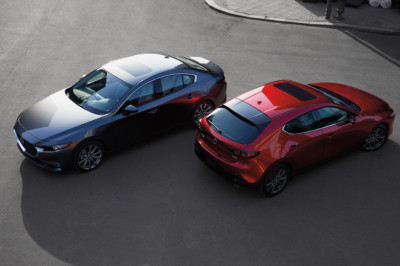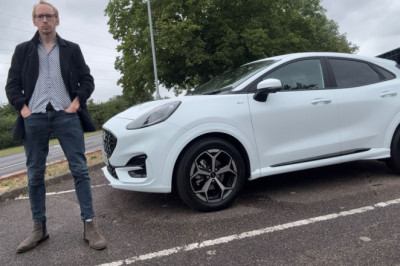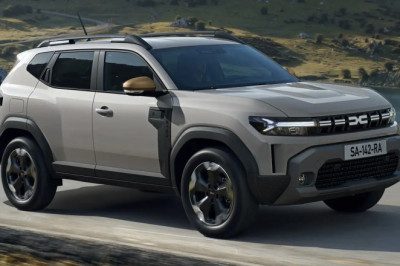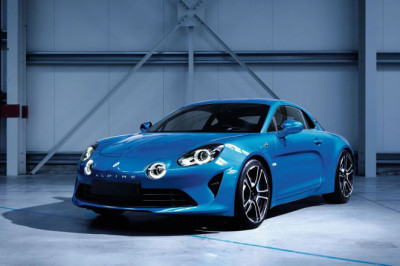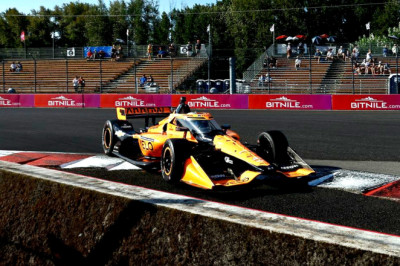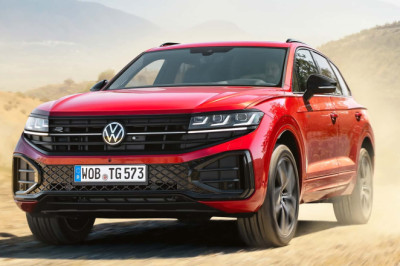
► Honda’s selling off its engines
► From the MotoGP stuff
► To the McLaren 80s bits
Ahead of its hotely anticipated return to Formula 1 as supplier of an all-new engine to Aston Martin, the Honda Racing Corporation is taking the opportunity to remind the world of some of its mind-blowingly inventive successes of the past (while glossing over its many misfires).
HRC is selling off camshafts, cam covers, pistons, conrods and other genuine bits of old F1 cars, including the mighty RA100E V10 used by Ayrton Senna and Gerhard Berger in 1990 – the second of Senna’s three championship-winning seasons – starting with an auction in August at Monterey Car Week. There will also be some more affordable items, such as signed merchandise and various limited-edition collectibles.
The auctions and sales will doubtless be a good earner for HRC, but I’m prepared to take Honda’s words at face value: it’s a philanthropic act so that the enthusiast at least has a chance to own something out of a significant racing machine. After all, we’ve been able to buy used components from other rebuilt F1 engines for years – you don’t need to go far into eBay to find valves and pistons from Cosworth DFVs readily available.
There’s a glorious back catalogue for Honda to nibble away at. It vows that the disassembly work will be done by HRC employees, in some cases those who built the cars in the first place. And the project won’t immobilise those historic cars and bikes that are occasionally used for demonstration runs.
It’s a mouth-watering prospect, and inevitably your mind starts racing at the notion of having an exquisitely crafted bit of engineering excellence on your coffee table, perhaps hoping that some of the ingenuity will transfer itself to you by osmosis.
HRC was originally the bike racing arm, but Honda’s four-wheeled motorsport projects have used the name for a while now, and recently it also absorbed Honda Performance Development, the US racing division. Honda has created some epic things in the F1 arena – for example the turbo V6s from the 1980s, or the later V10s. The RA168E V6 that powered Senna’s McLaren to the World Championship in 1988 was an absolutely monster, having been built specifically for the FIA’s reduced boost and fuel limits of that year, where many others just detuned their existing engines. Honda’s decision to go the extra mile was vidicated: the RA168E strode off into the distance with its balance of power and fuel economy.
The following year’s RA109E V10 was similarly dominant – but, as incredible as it is to write this now, it was considered a really odd layout. V10s were out of favour, with everyone else apart from Renault using V8s or V12; both engine makers had done some serious homework to get there. Somehow, the V12 family that Honda followed up with never seemed as impressive.
These engines were not Honda’s first in F1, though. The big breakthrough came as long ago as 1965, in only Honda’s second season in F1. The RA272E was a 1.5-litre V12 fitted in Honda’s own car, and was unusual in being mounted transversely like in a motorcycle. Despite a race win in 1965 it wasn’t as successful as Honda hoped, but nevertheless was very indicative of Honda-ness in the innovation it displayed. It was instigated at a time when Honda was still feeling its way into the road-car market, and it owed most of its thinking to motorcycling.
For many years Honda’s engines stood out by having more cylinders than their rivals offered, which added to the exotic sheen, and might be mistaken for showing off, but came about for perfectly sound engineering reasons. The key factor was that during the 1960s valve spring materials were not very good, and one way to get more reliability was to lighten the valves they controlled, subjecting the spring material to less stress. In turn, this meant that only small valves could be used and so, logically, many valves would be needed, leading to a requirement to spread them across many cylinders. The classic example of this thinking was the RC166 – a six-cylinder 250cc engine, although there was also the RC149 125cc five-cylinder. Such delights elicit reverence among engine engineers.
After dominating all the motorcycle racing classes in 1966 Honda decided to pull out in 1967, having nothing left to prove. But in 1977 it announced its intention to return using four-stroke engines with the ‘New Racing’ 500, or NR500. Honda traditionally considered itself a four-stroke engine company, so knew that to have any hope against the two-strokes it would really need a V8, but in the intervening period a four-cylinder limit had been imposed. This was not a problem, but rather the trigger for HRC to do what it does best. It thought laterally – and extremely so.
It saw there was no definition in the rules covering the shape of a cylinder (and indeed, mathematically, cylinders can be any shape you like) and so, essentially, HRC took a 500cc V8 concept and siamesed pairs of cylinders together to make an oval-piston V4 with 32 valves, eight spark plugs, and two connecting rods for each piston. While this engine was thoroughly unsuccessful, it still represented a staggering achievement; it eventually gave rise to the NR750 road bike – again, the object of much worship.
It’s worth saying that after the failure of the NR500 Honda did another very Honda thing: it accepted that it would have to do a two-stroke to compete, and so did one that utterly dominated for many years afterwards. You should never underestimate HRC…
Then there was the RC211V V5 – utterly dominant rational weirdness – and the EXP-2 bike that won its class in the Dakar despite the whole world saying that you can’t get good enough fuel consumption from a two-stroke engine to do endurance racing. It used a form of homogeneous charge compression ignition, showing HRC’s mastery of combustion research.
When Honda returned to F1 in the hybrid era, it didn’t get things right first time, with some packaging issues that needed resolving. But working with Red Bull it has been formidably successful once more, although it won’t be providing engines for Red Bull beyond the end of this season.
The initial batch of components are from the McLaren/Senna/Berger era, but there are plenty more purple patches before and since that could keep enthusiasts of various generations spending for a long time. It will be interesting to see what is eventually made available, complete with display cases and certificates of authenticity, and what’s most in demand. For me, the bike side will always be the place HRC’s technological innovation has shone most brightly, so I’d love a piece of an NSR500 or EXP-2. Given they profess to dislike the two-stroke cycle, perhaps they’d be happy to get rid of a few parts anyway…
Angus MacKenzie is one of the world's most respected motoring journalists – and another Australian former editor of CAR magazines, no less.
By Angus MacKenzie
Car critic, sage and another Australian former editor of CAR magazine





